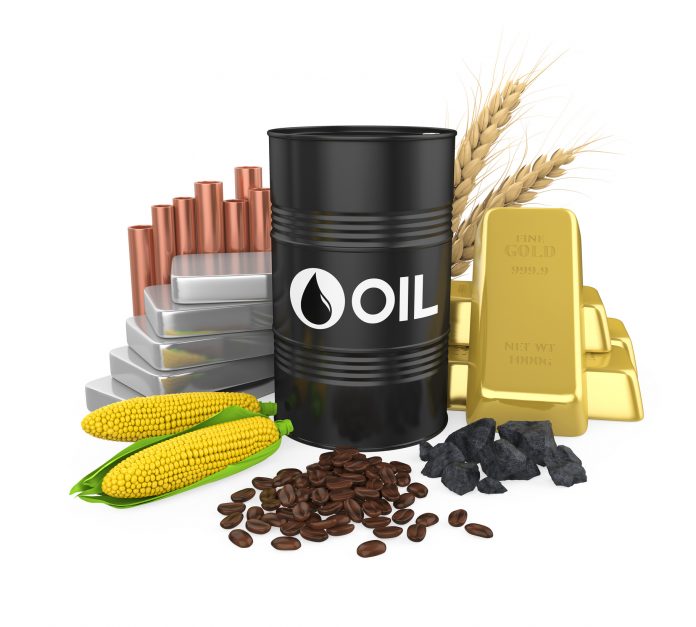The US Federal Reserve increased interest rates by 75 basis points in its latest policy meeting, its fourth straight supersized hike this year. This decision lifts the target for the benchmark federal funds rates to its highest level since 2008.
After keeping interest rates near zero since the beginning of Covid, the FOMC started raising interest rates in the first quarter of the year. The Fed raised its benchmark rates to 0.50% from 0.25 in March, and this was its first increase since 2018.
As the US central bank continued to battle the worst outbreak of inflation in 40 years, the Fed announced four additional rate hikes this year, pegging the benchmark federal funds rates to 3.75%-4% in November.
However, the rise in US interest rates had a global negative impact. The US dollar surpassed other global currencies to reach a two-decade high. Though the US dollar has appreciated since mid-2021, most of the rapid rate of increase has occurred since the Fed began raising rates.
US rate hike caused a withdrawal of investment from emerging economies. This is due to investors shifting to the perceived safety of the US dollar, which is now more attractive with higher interest rates.
Taking cues from the US Fed, central banks across the globe simultaneously increased the interest rates to rein in inflation. This has raised worries all over the world, that it may be edging towards a recession in 2023 and a string of financial crises in emerging markets.
The Fed decision also weighed on global commodity prices. Commodity prices and interest rates are inversely related due to the cost of financing stockpiles. When interest rates move higher, commodity prices tend to move lower because of an increase in cost associated with holding inventories.
When the central bank starts raising rates, bullion prices are largely on the weaker side. Since March, Gold in the key London market has lost more than 22 percent, while silver prices lost about 19 percent so far. An increase in interest rate typically more adverse impact on interest-free commodities like bullion.
Base metals like Copper, Aluminium, Lead, and Zinc also lost heavily on demand concerns. In the key London Metal Exchange, copper prices lost more than 27 percent while aluminium lost about 44 percent from its March highs. A similar trend was witnessed in Lead and Zinc prices as well. Mounting concerns over slowing demand from the top commodity consumer China, and a strong US dollar also weighed down the metal complex.
In the energy commodities, crude oil prices shed more than 31 percent since March. Moderate demand outlook amid recession concerns in several economies and steady output from key producers also helped to cool down prices. Natural gas prices also corrected lower but were extremely volatile due to supply threats from the key exporter Russia.
The strong US currency continues to weigh global commodity prices. The dollar index, which measures the value of the US dollar relative to other currencies, gained more than 15 percent from March when Fed started hiking rates.
Since the US greenback is the benchmark pricing mechanism for most commodities when the dollar appreciates the prices of commodities measured in other currencies rise. This causes an increase in raw materials that eventually tends to a decline in demand.
Meanwhile, the Fed has signalled that its aggressive campaign to tackle inflation nearing its final phase. But rate hikes in smaller increments are expected until the inflation levels back to normal. This may continue to blow the global economy and demand for commodities.
First published in The Economic Times








